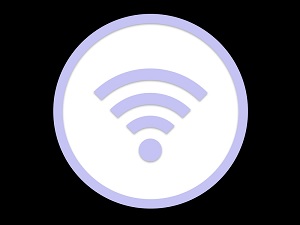 If you’re like a lot of people, right now, you’re doing what work you can from home.
If you’re like a lot of people, right now, you’re doing what work you can from home.
If that’s the case, you’ve probably noticed that your home
WiFi network is struggling. The current signal spectrum is getting awfully crowded, and its beginning to impact performance.
That’s exactly why the FCC recently approved a new connection standard, WiFi 6E, which will allow wireless routers access the 6GHz band. This is going to inevitably result in faster and more stable connections, but naturally, there are questions. What kinds of upgrades will you need to do? How much of an improvement will you actually see? Will your current devices be rendered obsolete by the change? Those are all fair questions, and we’ll provide the answers just below.
First and foremost, we don’t actually have hard numbers we can point to about how much of an improvement you’ll see when the new standard is adopted, but we do know that there will be an improvement. It works in the same way that we know that traffic is less congested when you add or open a new lane on a highway.
Second, in terms of upgrading, yes. You’ll need to upgrade your equipment to take advantage of the new spectrum. Unless you’re a power user, it’s probably not in your best interest to grab the very first WiFi 6 router that is brought to market. As with all new technologies, they’re apt to be expensive. So unless your home network has just ground to a near-stop, you’ll be better off waiting until the prices begin to come down.
Third, the good news is that the new standard won’t render your current devices obsolete. The new routers are being designed to be backwards compatible, so you’ll be able to mix your older tech in with the new.
On balance, we’re absolutely thrilled to see the expansion of the wireless spectrum, and we think it will make a big difference to home networks of all shapes and sizes.
Used with permission from Article Aggregator
